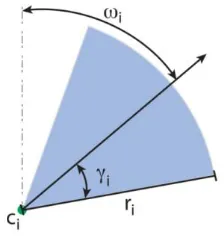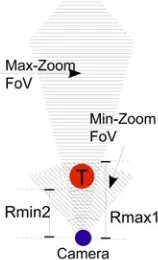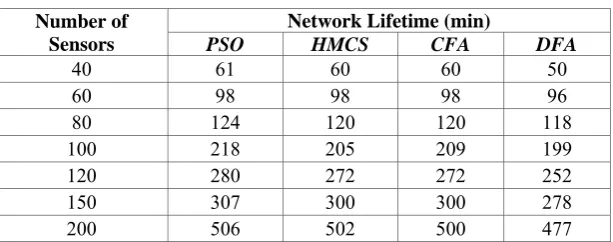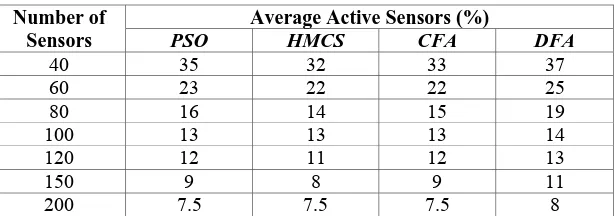Energy Efficient Target Coverage in Wireless Visual Sensor Networks
Full text
Figure




Related documents
Figure 9 A) diagram showing the events leading up to formation of black spots. A1) particles enter the pleural space; A2) in focusing to exit via the stoma (St) some
This table reports the average slopes and their t-statistics from monthly cross-sectional regressions of future returns on current period earnings quality variables on other
particular migration patterns, however, can yield a detailed understanding of the stationary and transient patterns of genetic variability in spatially distributed
In our paper, we will be simulating and analzying the three different protocols on-demand (AODV), Proactive ( DSDV) and hybrid routing protocol (ZRP) in
The objective of fi eld trials lasting several years was to evaluate the possibility of applying soil con- ditioners and supplementary soil substances to light soil in arid
Consistent with previous analyses [9,12–14] , this updated final long-term safety follow-up analysis from ALSYMPCA trial in CRPC patients with symptomatic bone metastases showed
baumannii persistence inside A549 cells during 8 h of bacterial infection by 2.95 and 1.17 log CFU/ml compared with control cells, respectively (Fig.. Taken together, these
Thus we are proposing a new type of absolute cali- bration system which consists of a portable and time stable light source (so that it can be carried to any lab- oratory for